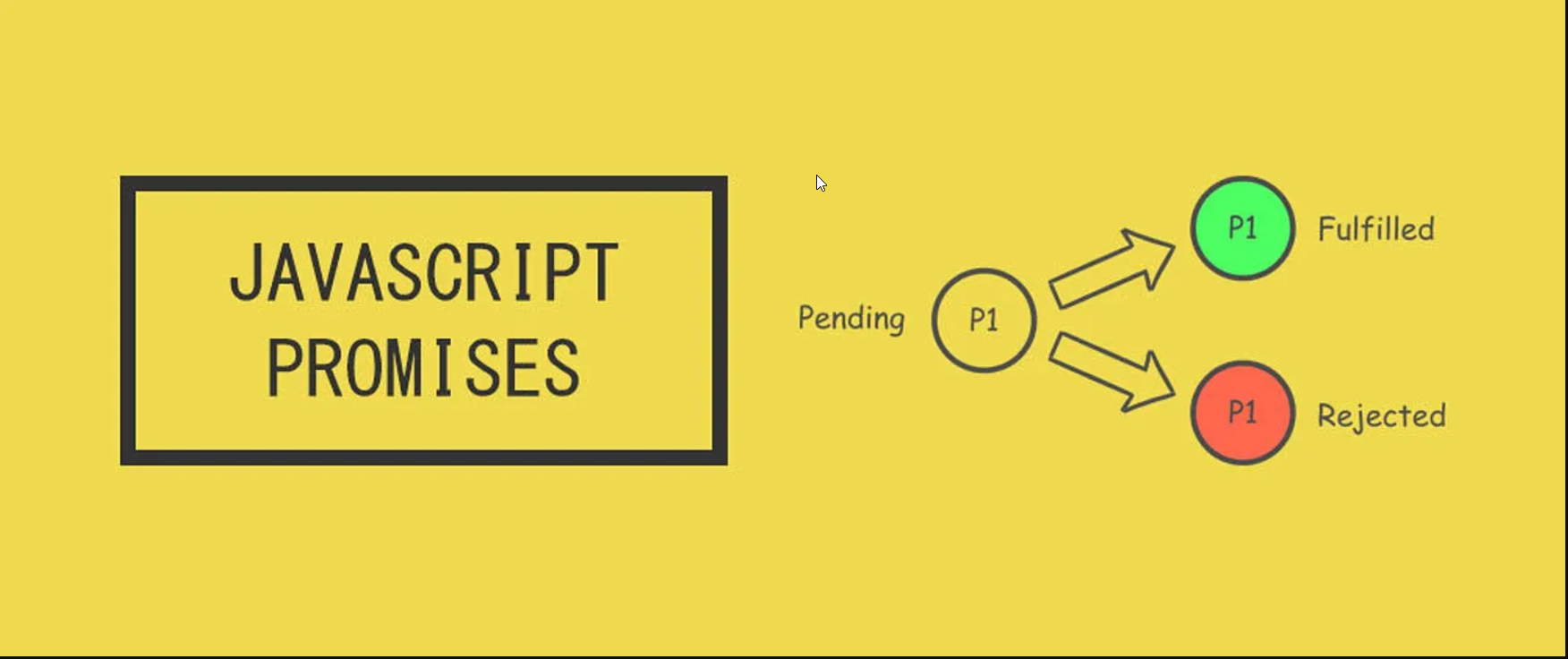Docker networking allows containers to communicate with each other, the host machine, and the outside world. It plays a key role in how data flows between services in a containerized application.
Read PostPosts by Kushal Bhargava
A container is a lightweight, standalone, and executable piece of software that packages everything needed to run an application — including the code, libraries, dependencies, and settings — into one neat unit.
Read PostUser management in Linux means creating, modifying, and deleting user accounts on the system. It includes setting usernames passwords, and assigning users to groups.
Read PostIn simple terms, debounce acts as a regulator for your functions, preventing them from causing congestion and ultimately enhancing the overall user experience.
Read PostEpoch time is commonly used in various applications for timestamping, measuring time intervals, and performing time-related calculations.
Read PostEpoch time is commonly used in various applications for timestamping, measuring time intervals, and performing time-related calculations.
Read PostArray helper methods in JavaScript are built-in functions that provide a concise and efficient way to work with arrays.
Read PostImagine your project as a tree, and the main branch as its trunk. When you create a new branch, it's like growing a new branch from the trunk.
Read PostOne of the most common Linux command that we use in our day-to-day life to execute or give permission to a file in Linux system.
Read PostIn this blog we are going to learn about how the JavaScript got Java in it.
Read Post




